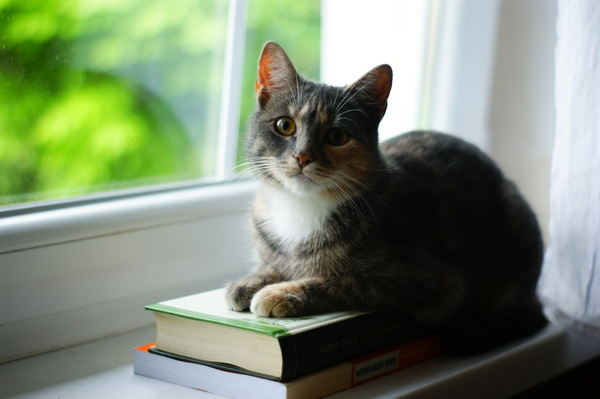Managing Moisture Control in Cat Litter
Managing Moisture Control in Cat Litter
Blog Article

Cat litter and litter boxes play a critical function in the lives of both cats and their owners. From the simple starts of sand and soil to the ingenious advancements of today, the world of cat litter has developed considerably. In this thorough guide, we explore every aspect of cat litter and litter boxes, exploring their history, types, benefits, challenges, and everything in between.
The history of cat litter dates back centuries, with ancient civilizations using sand, soil, and even ashes as primitive litter materials. However, it wasn't until the mid-20th century that modern cat litter as we know it emerged. In 1947, Edward Lowe introduced the world's first commercial cat litter made from absorbent clay, transforming the way cats relieved themselves indoors. Ever since, cat litter has undergone numerous transformations, with the intro of clumping litter, silica gel litter, eco-friendly alternatives, and more.
Today, feline owners are ruined for choice when it concerns selecting the right litter for their feline buddies. Standard clay litter stays popular for its cost and effectiveness in absorbing odors. Clumping litter, which forms strong clumps when wet, streamlines cleansing and maintenance. Silica gel litter, composed of extremely absorbent silica crystals, uses exceptional odor control and longevity. Eco-friendly alternatives, such as recycled paper, wood pellets, corn, and wheat, attract environmentally conscious customers.
Each kind of cat litter provides unique benefits. Clay litter masters its ability to absorb wetness and control odors, making it a reputable choice for lots of feline owners. Clumping litter simplifies daily scooping and extends the time in between complete litter changes. Silica gel litter supplies remarkable odor control and can last longer in between replacements. Naturally degradable litters offer a cat litter box furniture sustainable option that lessens environmental effect.
While cat litter improves indoor feline hygiene, it is not without its difficulties. Dust from clay litter can pose breathing risks for both felines and humans, Tofu Cat Litter triggering the popularity of dust-free options. Some cats may establish litter box aversion due to concerns with texture, scent, or tidiness, requiring experimentation with various litters and box configurations. Multi-cat households might require tactical litter box placement and regular maintenance to prevent territorial disagreements and ensure all felines have access to clean centers.
Selecting the proper litter box is important for promoting favorable litter box practices and total feline well-being. Aspects to consider include size, availability, and style preferences. Covered litter boxes offer personal privacy and aid consist of odors, however some cats may discover them confining or frightening. Open-top litter boxes offer easy gain access to and visibility however might result in more litter scatter. Automatic self-cleaning litter boxes simplify maintenance but need regular tracking and maintenance.
Proper litter box upkeep is vital for guaranteeing a tidy and welcoming environment for both felines and their owners. Daily scooping removes waste immediately, minimizing odor and dissuading litter box hostility. Regular litter replacement, generally every 1-2 weeks, avoids bacterial buildup and maintains ideal absorbency. Extensive cleaning with mild detergent and water, preventing extreme chemicals that may discourage felines from utilizing the box, ought to be performed monthly.
Cat litter and litter boxes play a main function in fostering a healthy and harmonious relationship between felines and their human buddies. With a varied array of litter options and litter box designs offered, feline owners have the flexibility to tailor their choices to match their felines' cat litter tray preferences and household needs. By understanding the development, types, advantages, and challenges of cat litter and litter boxes, pet owners can offer their feline pals with a comfy and sanitary indoor environment.